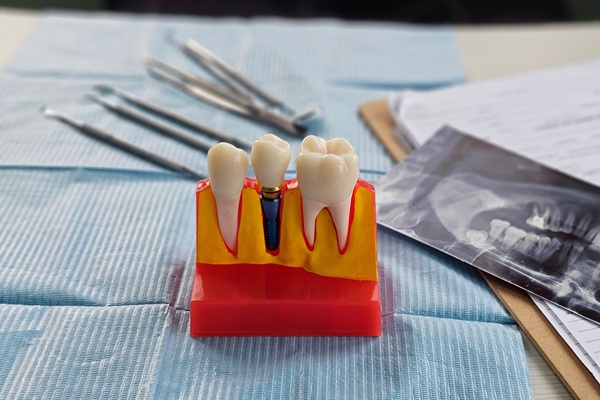Understanding Endodontics: A Guide to Root Canal Therapy

Endodontics is derived from the Greek words "endos" which means within, and "odont," meaning tooth. This dental discipline centers on the study and treatment of the tooth pulp as well as tissues around the root of the teeth. The most common treatment in endodontics is root canal treatment, which is often associated with pain. However, recent advances in dental technology and anesthetics have made root canal treatments virtually painless and quite effective at saving damaged teeth.
Endodontics: An overview of root canals
Endodontics deals with problems in the inner portion of the tooth where the pulp chamber and root canals contain the tooth pulp (nerves, connective tissue, and blood vessels). Endodontic treatment is necessary to avoid further tooth loss and infection caused by repeated dental procedures, trauma, and cracks.
Root canal treatment usually begins with an examination to determine the extent of pulpal damage. X-rays of the teeth and surrounding tissue are used to search for signs of infection or damage. Patients may present with symptoms requiring root canal treatment such as discoloration of teeth, bleeding gums around a tooth, spontaneous or persistent pain in the teeth and gums, or prolonged sensitivity.
The root canal procedure
Root canal therapy is an extensive procedure that may require one or two visits depending on the severity of the case. The procedure entails the following steps:
Administration of anesthetics
Local anesthetics are given to the numbed area around the affected tooth to minimize the pain. Subsequently, a small protective layer called a dental dam is placed over the tooth surface to isolate the tooth and keep it from saliva during treatment.
Accessing the pulp chamber
The endodontist will drill a small incision on the crown of the teeth to access the pulp chamber. This access point allows the removal of inflamed or infected pulp tissue and the cleaning of root canals.
Removal of infected tissue
Special tooth instruments are used to extricate the pulp from the chamber and root canals. The dental professional cleans and shapes these canals to prepare them for filling. Irrigation solutions are usually used at this stage to clean the canals and debris.
Filling the canals
Once the canals are dry and clean, they are filled with a biocompatible material (usually gutta-percha). The root canals are sealed with an adhesive cement. Sealing the canals prevents the re-entry of the bacteria and additional infection.
Restoring the tooth
The tooth is restored to its original form, look, and function with a filling and crown after the root canal treatment. Removing the pulp from the tooth weakens its structure. Dental restoration protects the teeth from additional harm and restores their functionality.
In summary
Root canal therapy is used primarily to save teeth that would otherwise have to be extracted. By removing the infected, inflamed pulpal tissue, the endodontist can preserve the tooth structure. Myths about root canal treatment abound, but understanding the details of this endodontics procedure can help alleviate those fears and help people get the treatment they need.
Request an appointment here: https://www.sheats-endo.com or call Sheats Endodontic Group at (615) 526-2495 for an appointment in our Nashville office.
Recent Posts
Tooth pain relief is often necessary when decay, infection, or trauma affects the inner structure of a tooth. In many cases, root canal therapy is the most effective way to eliminate pain, save the natural tooth, and prevent further complications. This procedure removes infected or damaged pulp, cleans the root canals, and seals the tooth…
When a root canal fails, a root canal retreatment must happen. Getting a root canal treatment is better than a dental extraction. If an endodontist sees that your tooth still has good bone support and healthy gums under or around it, a root canal can save the tooth. A root canal is a less expensive…
Tooth pain and dental trauma can be distressing and require immediate attention to prevent further damage and alleviate discomfort. An emergency endodontist specializes in diagnosing and treating severe tooth pain and trauma, offering expert care to save a tooth, relieve pain, and protect long-term oral health. When sudden tooth pain or injury strikes, seeking help…
A root canal cleans out infection from the interior of a tooth, but dentists will attempt other options, such as dental fillings, when possible. Therefore, it can be hard for patients to know when they may need a root canal or whether a problem can be solved in another way. The signs that you may…


